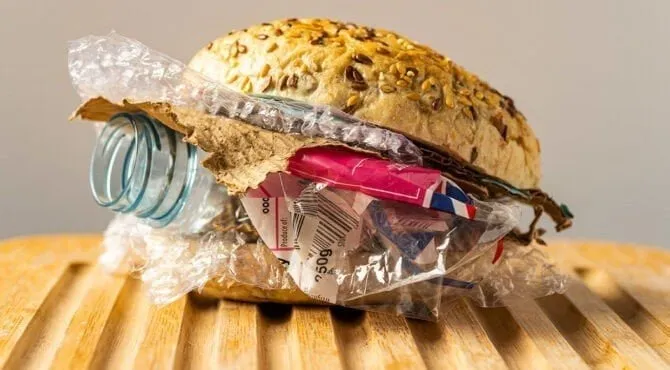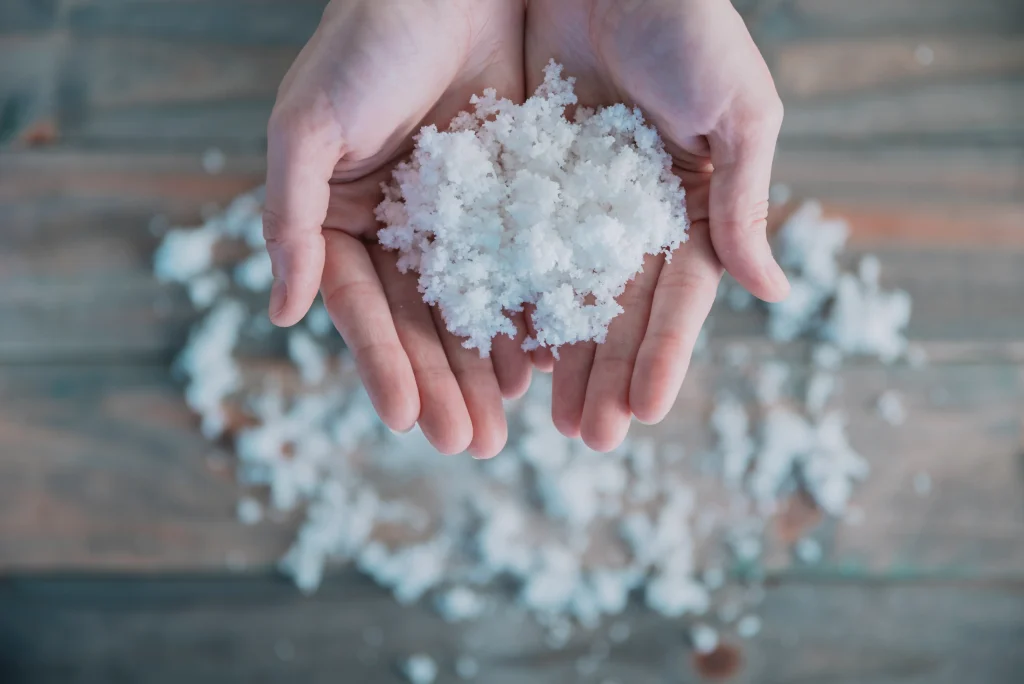In response to a recent study revealing microplastics in every tested salt and sugar brand in India, the Food Safety and Standards Authority of India (FSSAI) launched a significant project in March. Named “Micro-and Nano-Plastics as Emerging Food Contaminants: Establishing Validated Methodologies and Understanding the Prevalence in Different Food Matrices,” the initiative aims to address the issue by developing and validating methods for detecting micro and nano-plastics in food products.

Study Reveals Widespread Contamination
The study, titled “Microplastics in Salt and Sugar” and conducted by Toxics Link, tested various types of salt—including table salt, rock salt, sea salt, and local raw salt—and different sugar types from both online and local markets. The results showed that all samples contained microplastics in the forms of fibres, pellets, films, and fragments, ranging from 0.1 mm to 5 mm.

Objectives and Collaborations
The FSSAI project focuses on several key objectives: developing standard protocols for micro and nano-plastic analysis, conducting intra- and inter-laboratory comparisons, and generating critical data on consumer exposure levels. To achieve these goals, the project involves collaboration with prominent research institutions, including the CSIR-Indian Institute of Toxicology Research (Lucknow), ICAR-Central Institute of Fisheries Technology (Kochi), and the Birla Institute of Technology and Science (Pilani).

Impact and Global Relevance
The project is expected to provide valuable insights into the extent of microplastic contamination in Indian food and help shape effective regulations and safety standards. Additionally, this research will contribute to the global understanding of microplastic pollution, positioning Indian efforts as a crucial part of the international response to this environmental challenge.
